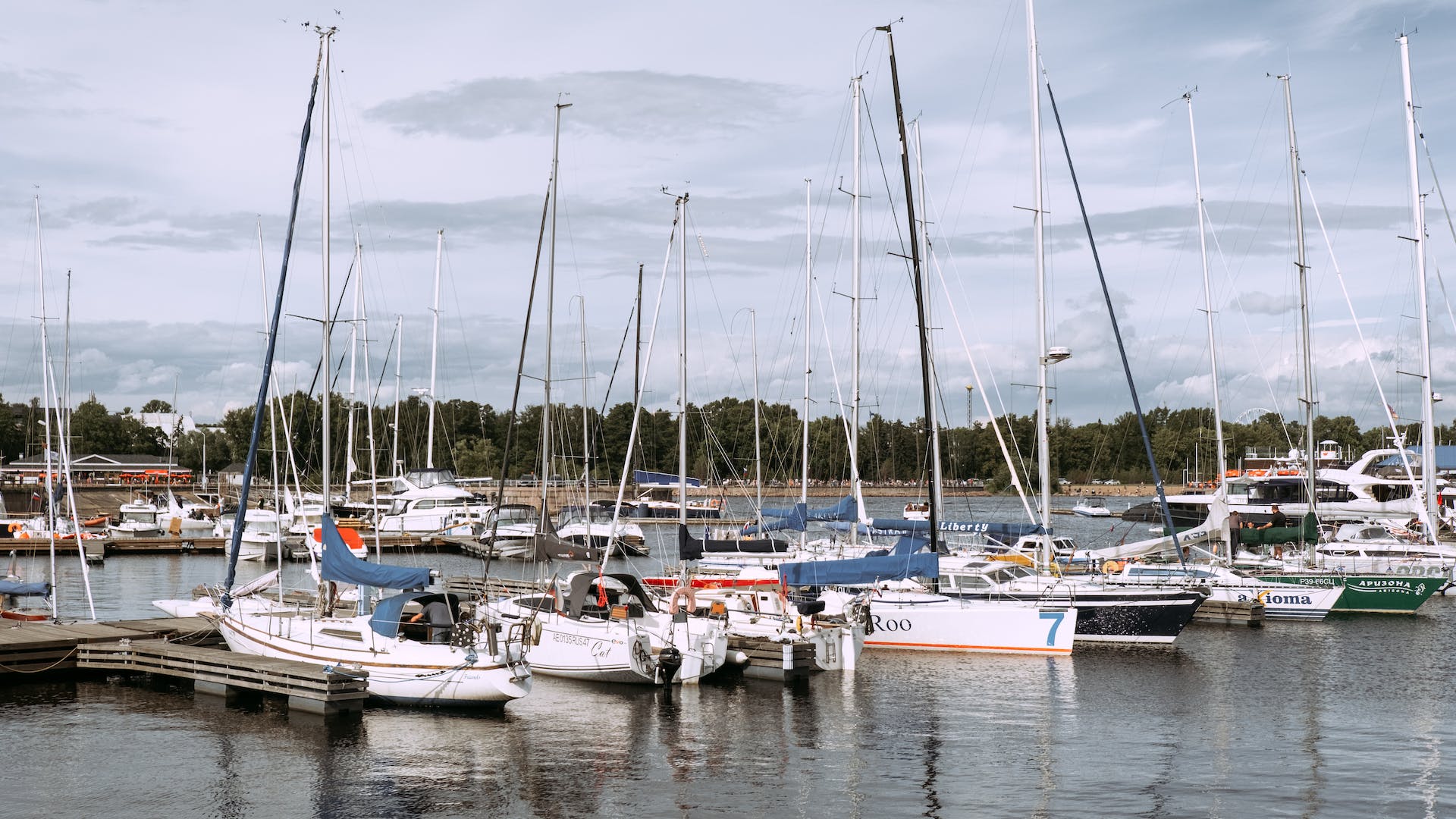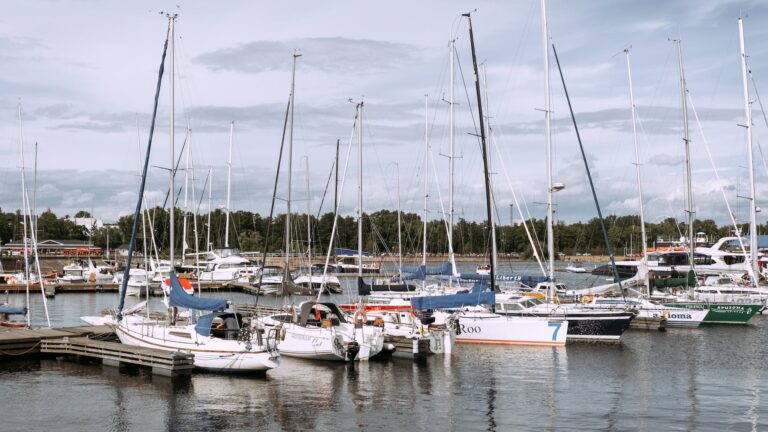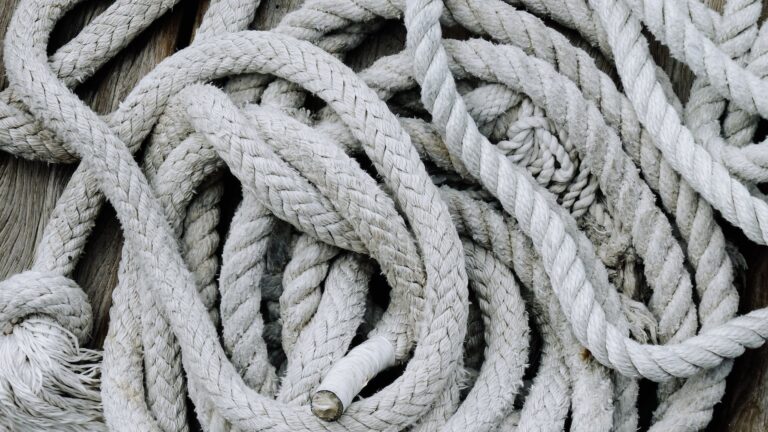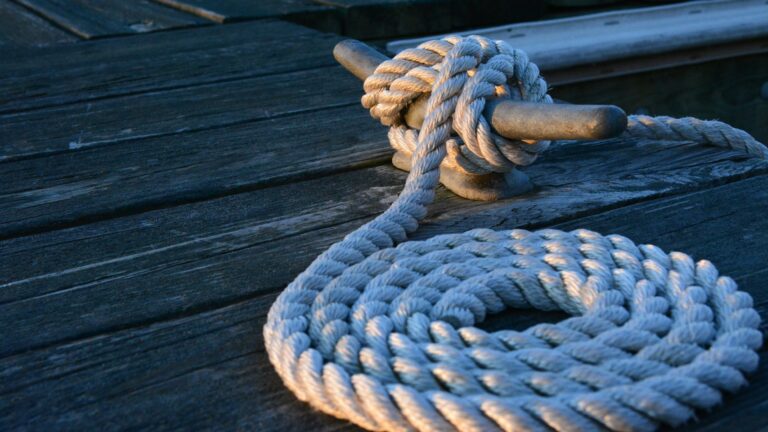What Chart Is Used In Coastal Navigation?
Navigating around the coast requires the use of specialized charts, known as nautical charts, to ensure the safe passage of vessels, both large and small, through shallow waters, around hazards, and into ports or anchorages along the coast line – making them an essential tool for any coastal navigator or sailor alike! But what exactly is a nautical chart?
And what types are available for use in coastal navigation? In this article we’ll explore these questions in more detail to help you make an informed decision about which chart will best suit your needs when planning your next voyage along the coast!
Definition of a Nautical Chart
A nautical chart is a detailed map that depicts the configuration of the shoreline and seafloor, including water depths, locations of dangers to navigation, locations and characteristics of aids to navigation (such as buoys), anchorages, and other features pertinent to coastal navigation such as weather phenomena or currents that may affect vessel movement in the area depicted on the chart, it is also known as a hydrographic chart or sea chart due its focus on water-related features (hydro- meaning “water” in Greek).
Nautical charts typically also include a variety of information about winds, tides, currents, obstructions (such as sand bars or rocky outcroppings), lighthouses, buoys or beacons used for navigation purposes, they are often accompanied by additional information such as sailing directions or tide tables which can provide further assistance when navigating through unfamiliar waters or during extreme weather conditions such as fog or strong winds that may affect visibility or navigation routes respectively!
Types Of Nautical Charts
There are many different types of nautical charts available for use in coastal navigation, each type contains various features that can help with navigating safely through shallow waters or difficult waterways – here we will cover some of the most common types:
- Coastal Charts: These charts provide detailed information about shorelines, tidal levels, depths up to 30 meters (100 feet) below sea level (or 50 meters [165 feet] depending on region), obstructions such as reefs or rocks that could present danger to vessels passing through them at certain times/tidal levels, they also provide information on marinas/ports, lighthouses/buoys/beacons used as aids to navigation in these areas as well as other pertinent navigational information such as currents that could affect vessel movement in certain areas at certain times/tide levels!
- Harbor Charts: These charts usually depict detailed information about ports/marinas located within harbors – depths up to 20 meters (65 feet) below surface level are often included here along with locations/characteristics of aids to navigation such as buoys/lighthouses used in these areas, they also can provide additional information about obstructions present within harbors (e.g., sand bars) that could present danger to vessels passing through them at certain times/tidal levels!
- Chart Datums: These are special reference points used when measuring vertical distances from sea level, they are often based off average low tide levels for an area over time which can be helpful when determining the depth of water under your vessel at any given time while navigating near shorelines!
Advantages of Using a Nautical Chart
There are several advantages associated with using nautical charts while navigating near shorelines:
- Navigation Accuracy: By using nautical charts you will be able to compare your current position against pre-determined positions plotted on your chart which can help ensure you stay on course while navigating around shallow waters near shorelines – this can be especially useful if you’re unfamiliar with an area where you may not be able to easily spot visual landmarks due poor visibility conditions (e.g., fog)!
- Risk Reduction: By having knowledge about potential hazards (e.g., reefs) located near shorelines ahead of time via nautical charts you will be better prepared should you encounter them while navigating – this will reduce risk associated with navigating too close to dangerous objects!
- Planning Ahead: By planning out your route ahead of time with use of nautical charts you will be able to better anticipate potential navigational difficulties before they arise which can improve safety overall by allowing more time for corrective action should it become necessary during transit
Disadvantages of Using a Nautical Chart
Using nautical charts isn’t without its disadvantages however, here are some potential issues associated with using them while navigating near shorelines:
* Potential for Error: Since all data found on nautical charts is based off human observation it is possible for errors – both intentional (e.g., incorrect data input) and unintentional (e.g., calculations mistakes) -to occur which could lead you into dangerous navigational situations if not caught prior to departure!
* Limited Detail in Some Areas: In certain areas there may not be enough detail provided by existing nautical charts which could lead you into dangerous navigational situations if proper care isn’t taken while transiting these areas – it’s always important make sure all data found on your chart is up-to-date before departing so you know exactly what lies ahead!
* Costly Updates and Additions: Since changes occur frequently within our marine environment due natural phenomena such as storms etc., it’s important keep your nautical chart up-to-date so have most accurate data possible however doing so can be expensive due need purchase new versions periodically!
How To Read A Nautical Chart
There are several components necessary understand how read any given nautical chart correctly, here we’ll discuss some basics must familiarize yourself with order effectively navigate near shorelines using one these maps!
- Compass Rose And Directions: The compass rose found all nautical charts used denote direction North relative other directions commonly referred cardinal points eastsouthwest etc., understanding this allows user orient themselves correctly area being depicted map quickly easily without confusion between land sea directionally speaking !
- Latitude And Longitude Lines: Latitude lines run horizontally across map represent angular distance north south equator measured degrees minutes seconds whereas longitude lines run vertically represent angular distance east west prime meridian again measured degrees minutes seconds understanding how read these lines correctly invaluable when plotting course following one accurately !
- Depth Contours And Shading: Depth contours found many maps used denote specific depths water different colors shading indicate bottom composition rock sand coral etc., this type information invaluable when determining whether particular area safe navigate through how deep water may currently !
Common Symbols On A Nautical Chart
In addition various features mentioned above there several other symbols commonly found printed onto paper electronic versions maps let users quickly interpret type feature being presented example buoy lighthouse obstruction etc., here some common ones should familiarize yourself before setting sail !
- Buoys And Beacons: These usually depicted yellow circles denote position marking aid navigation ex green buoy marks right side channel red buoy left side understanding meaning each type symbol greatly reduce risk running aground nearby hazard !
- Lights: These usually depicted yellow triangles denote position light house lighthouse beacon marker ex white light indicates entrance harbor green light indicates safe water yellow light indicates caution should taken depending context symbol may mean something different knowing correct symbol save lot time confusion later !
- Obstructions: These usually depicted black circles mark presence reef rock pile similar underwater hazard ex shoal sandbar knowing position these features allows navigate safely avoid running aground them !
Using Charts For Coastal Navigation
Using proper techniques interpreting data found charts invaluable when navigating near coast reducing risk misjudging distances incorrectly heading wrong directions thankfully there plenty resources available help beginners learn ins outs reading correctly some include videos tutorials books even apps smartphones tablets get started today find best one suited needs start learning soon possible begin safely enjoying adventures seas coastline !
Chart Corrections And Notices To Mariners
Changes occur frequently marine environment due natural phenomena storms etc therefore important stay informed latest updates ensure have most accurate data possible order do this regularly check corrections notices mariners publications either paper electronic form either case regular updates necessary order maintain accuracy course also important note any discrepancies between actual observed positions those plotted onto map case discrepancy exists following plotted course could lead dangerous situation therefore always double check accuracy before departing port keep informed latest changes maritime landscape safest possible sailing experience !
Electronic Charts And Digitalization
Along paper versions maps electronic versions become increasingly popular recent years due convenience digitalization brings added advantage ability access updates corrections notices mariners quickly easily addition extra layer safety provided digitalized form accuracy far superior paper maps making essential tool every sailor arsenal digitalization revolutionizing way sailors interact maps ensuring safer faster easier journeys sea enjoy voyage responsibly always double check accuracy data found map following plotted course wisely !
Conclusion
Naval charts essential tools sailors navigators alike providing detailed depictions land sea features allowing accurate planning ahead trips ensuring safe passage vessels coasts whether paper electronic form understanding how read interpret symbols contained within necessary order reap benefits offered usage proper techniques interpretation invaluable reducing risk misjudging readings leading incorrect decisions ultimately safe enjoyable voyage every time set sail !
FAQs
What chart used coastal navigation ?
A Coastal harbor datum electronic version appropriate chart type depend upon particular situation best suited needs navigator depends upon factors such desired range accuracy required level detail needed much more however general rule thumb coastal Harbor datum electronic suitable general purpose usage coastal navigation scenarios







